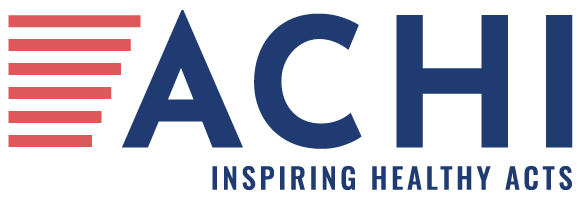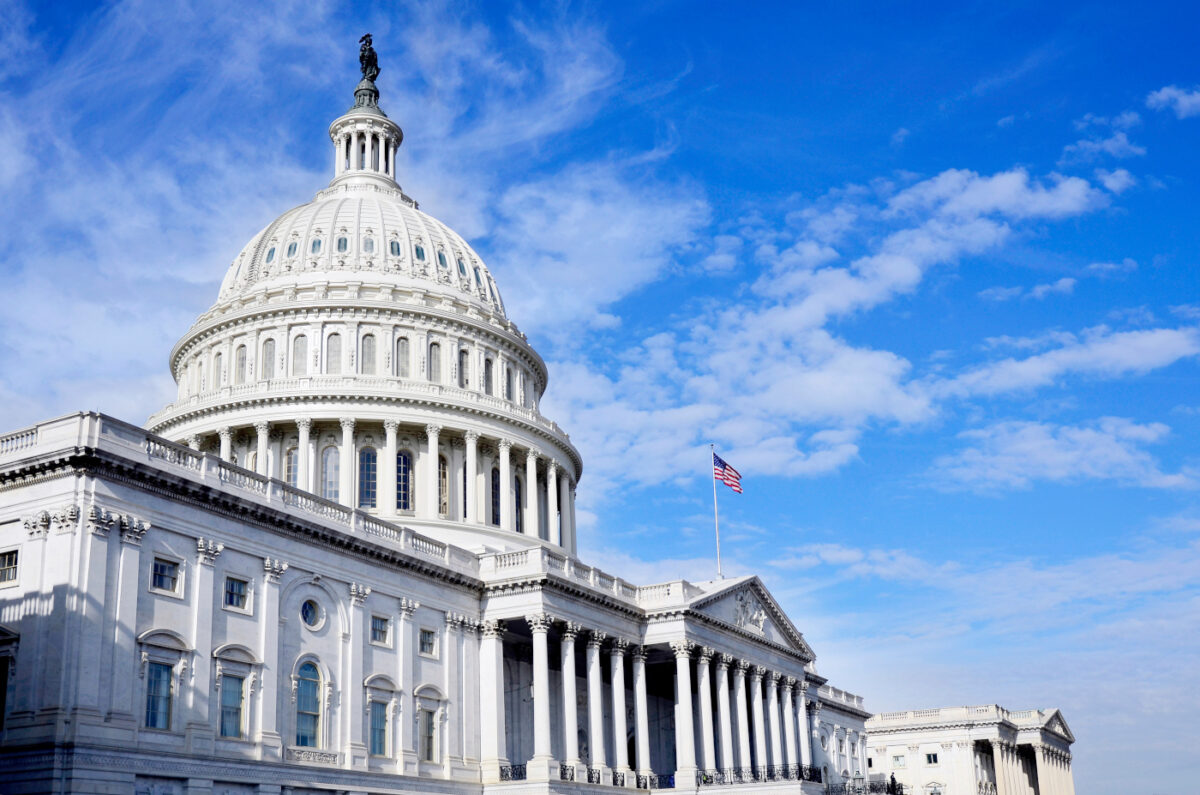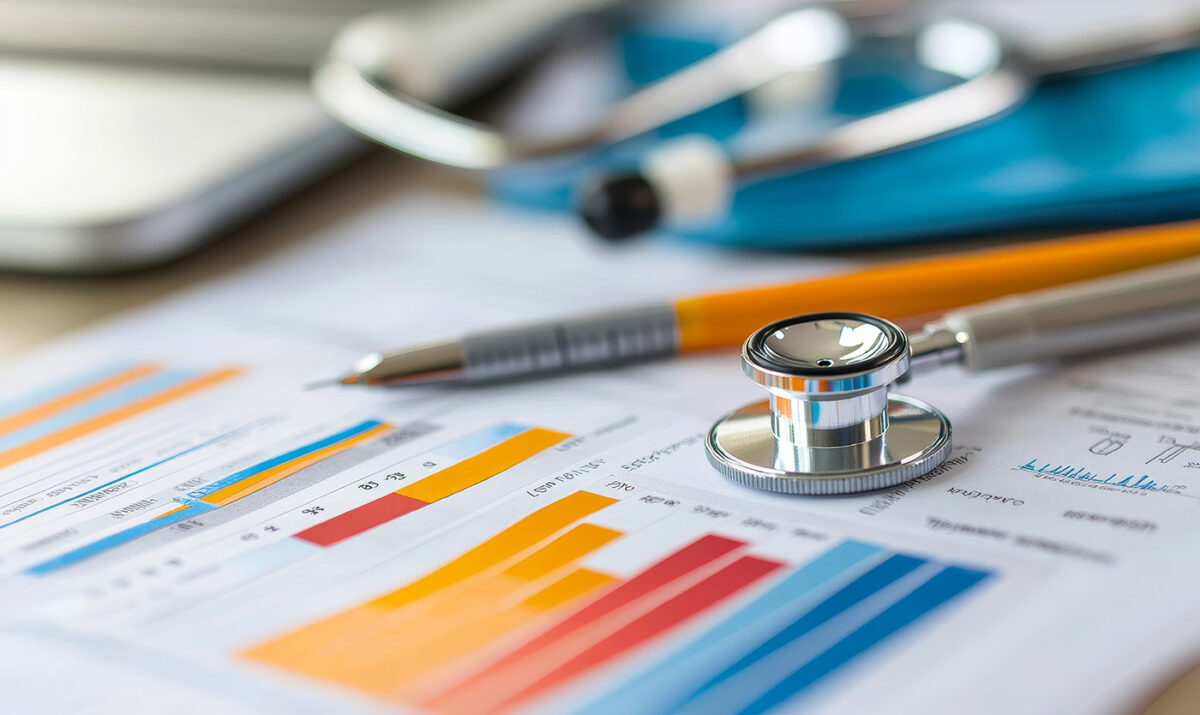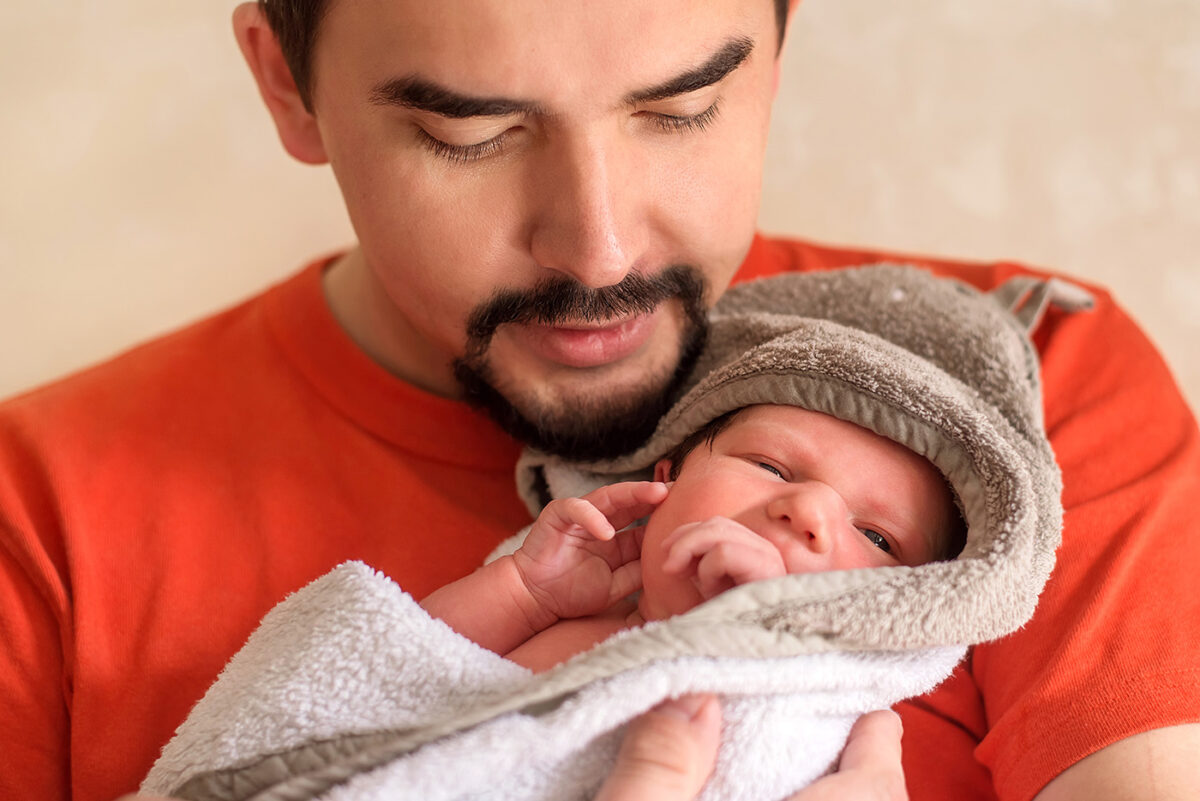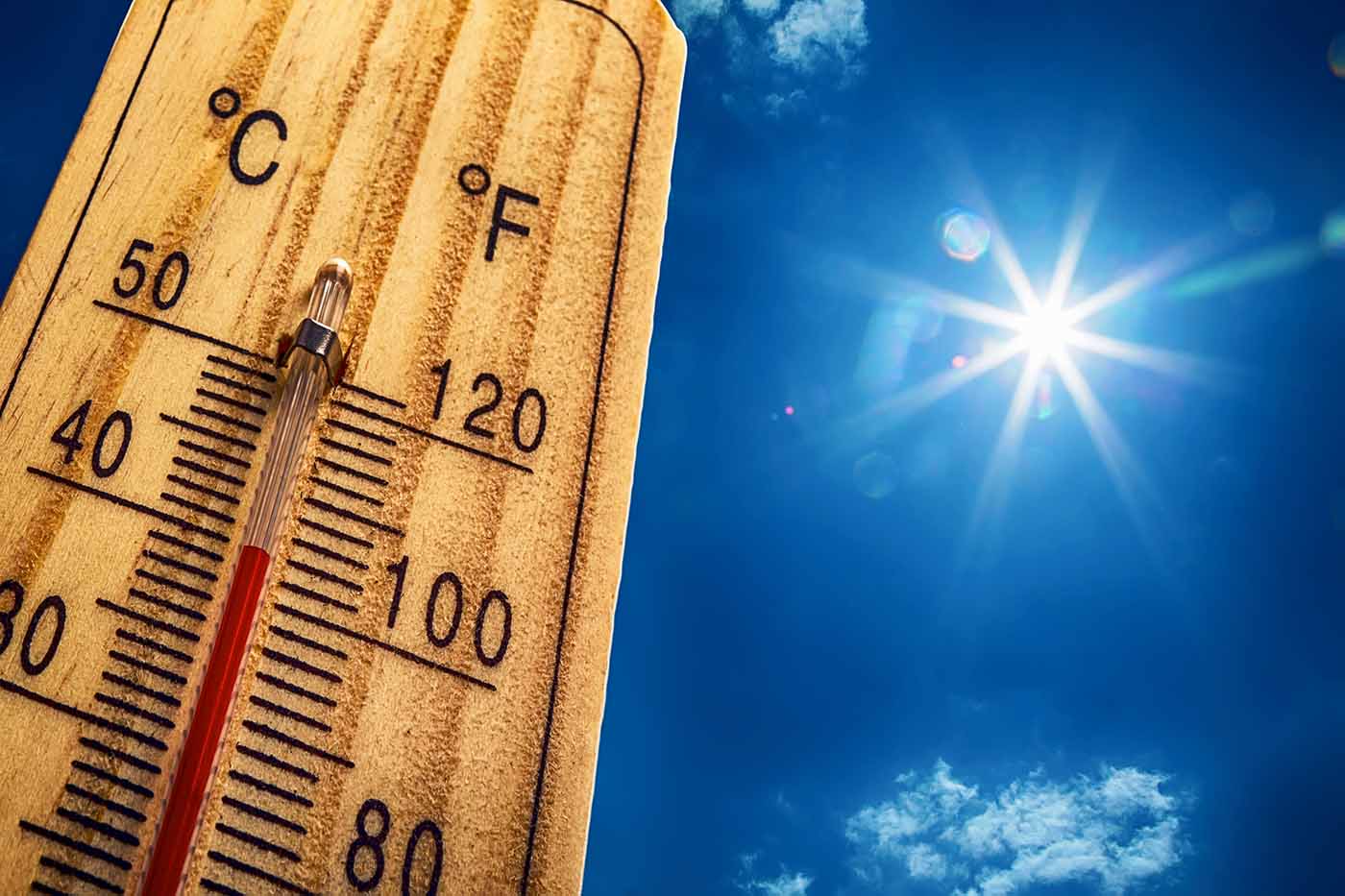
Author
John Lyon
Strategic Communications Manager
Contact
ACHI Communications
501-526-2244
jlyon@achi.net
Heat is the No. 1 weather-related killer in the U.S., contributing to the deaths of more than 2,200 people in 2024 according to provisional data from the Centers for Disease Control and Prevention (CDC), so it’s important to take precautions against heat-related illnesses.
The following heat safety tips are based on recommendations from the CDC, the Arkansas Department of Health, and the Mayo Clinic.
- Wear lightweight, light-colored, loose-fitting clothing.
- Stay in an air-conditioned place during the hottest hours of the day. If your home does not have air conditioning, consider a public place like a library, senior center, or mall. Some cities open cooling centers in times of extreme heat, and some churches may open their doors to let people cool off.
- Try to limit your time outdoors to when it’s coolest, like morning and evening hours, and rest often in shady places.
- Cut down on exercise during the heat, and stop all activity if exertion makes your heart pound or leaves you gasping for breath.
- If you must go outdoors in the heat, wear a wide-brimmed hat, sunglasses, and sunscreen of SPF 15 or higher.
- Never leave infants, children, or pets in a parked car. See more on this topic in our blog post.
- Drink water often, and make sure pets have plenty of fresh water. Don’t wait until you are thirsty to drink. Avoid very sugary or alcoholic drinks, as they can cause you to lose more bodily fluid.
- If you are 65 or older, have a friend or relative check on you twice a day during a heat wave. If you know someone in this age group, check on them at least twice a day.
The most common forms of heat illness, from most to least dangerous, are heatstroke, heat exhaustion, heat cramps, sunburn, and heat rash. Watch for the following symptoms and take the following actions if symptoms appear:
Sunburn: Symptoms include painful, red, and warm skin and blisters on the skin. If you have sunburn, treat pain with a nonprescription pain reliever as soon as possible. Cool burned areas with a clean towel dampened with cool tap water or take a cool bath. Apply a moisturizing lotion or gel. Drink extra water for a day to prevent dehydration, and do not break blisters. For severe sunburn, see your healthcare provider. Learn more from the Mayo Clinic.
Heat rash: Also known as prickly heat, heat rash occurs when sweat is trapped in the skin. Symptoms vary according to the type of heat rash; the different types are described on the Mayo Clinic’s website. The rash usually disappears once the skin cools down, but if it does not go away quickly or appears to get worse, see your healthcare provider.
Heat cramps: These are painful, involuntary muscle spasms, usually occurring during strenuous physical activity in high temperatures. If heat cramps occur, stop physical activity and move to a cool place, drink clear juice or an electrolyte-containing sports drink, and wait several hours or longer after cramps go away before resuming strenuous physical activity. A person who is on a low-sodium diet, has heart problems, or experiences cramps lasting longer than one hour should seek medical help immediately. Learn more about heat cramps from the Mayo Clinic.
Heat exhaustion: This occurs when the body overheats. Symptoms may include heavy sweating; cool, moist skin with goosebumps; a fast, weak pulse; nausea; muscle cramps; fatigue; dizziness; headache; and faintness. If symptoms appear, stop all activity, move to a cooler place, and drink cool water or a sports drink. Seek medical help right away if symptoms get worse or last longer than one hour. Learn more from the Mayo Clinic.
Heatstroke: This is also caused by your body overheating, but it is more serious than heat exhaustion and requires emergency treatment. It can occur when your body temperature rises to 104 degrees Fahrenheit or higher. Symptoms may include high body temperature, altered mental state or behavior, red skin, skin that is either hot and dry or moist to the touch, racing heart rate, headache, rapid breathing, and nausea. If symptoms appear, call 911 right away, move to a shady place or indoors, remove excess clothing, and cool down with whatever means are available, such as cold, wet towels, a garden hose, or a cool bath. Learn more about heatstroke from the Mayo Clinic.


